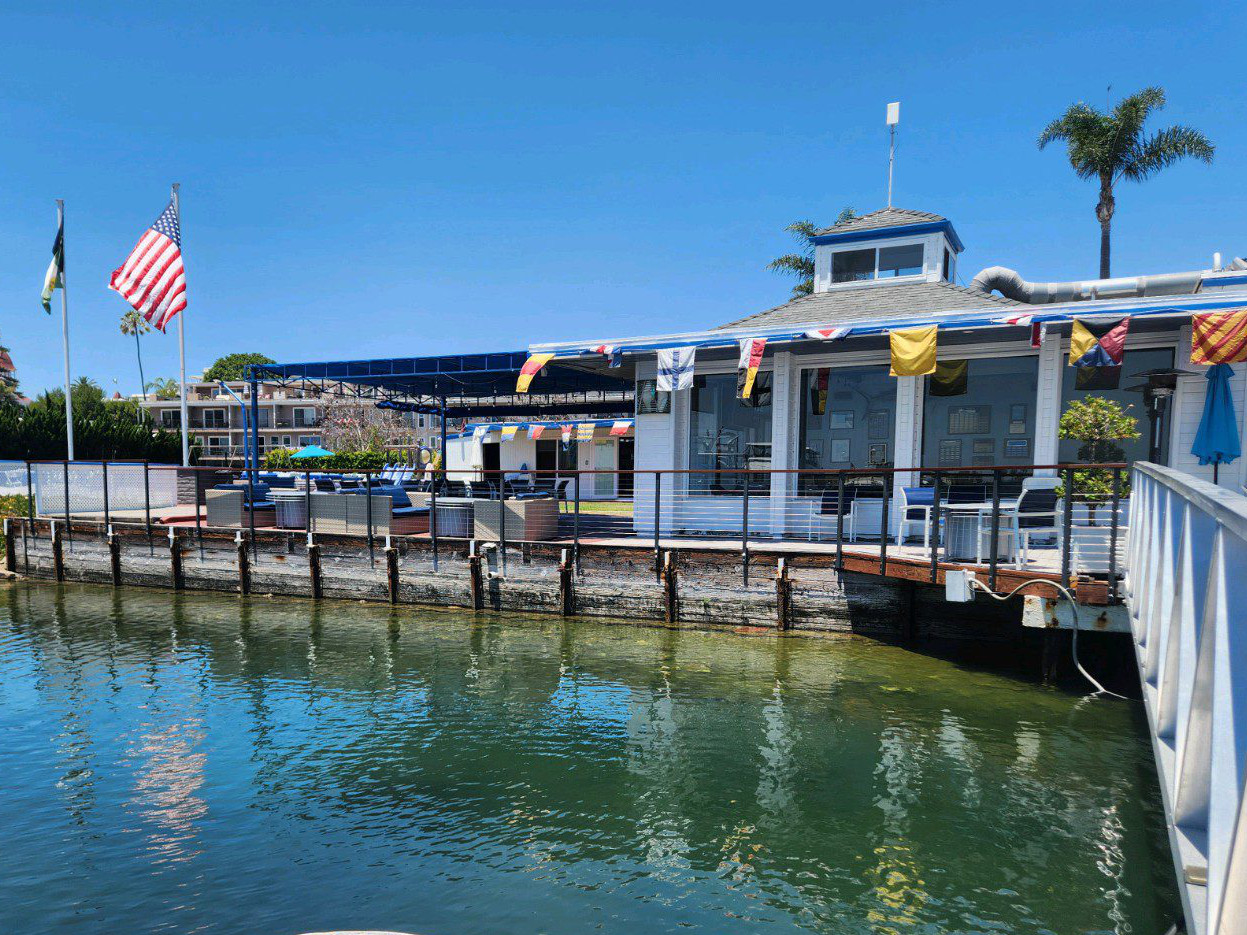




If you are performing a deck construction or renovation you might be wondering about deck railing costs for various deck railing systems. Railing cost can vary depending on layout and individual job specifics. Some of these specifics include the following: Job Specifics Related to Deck Railing Cost Lineal footage, material selection, deck elevation, framing and/or substrate materials and mounting options. A variety of other on site factors can affect the labor side of railing costs as well. At SDCR, we receive numerous phone calls asking for lineal foot cost estimates which are easier to do in certain situations. Deck railing costs are easier to ballpark on level rail non custom projects. Angles, waterproofing, custom requests, and salt exposure can make a ballpark costing more difficult. For budget preparation, the safest way to estimate a deck railing purchase and installation is to include as much detail during preparation as possible- (measurements, photos, stops, starts, stairs, transitions, etc.). Below are some common cost drivers for deck railing projects: Railing Frame Material Selection Wood framing like Cedar, Fir , and Redwood is typically the least expensive way to construct a solid deck railing frame. Wooden posts and rails can be sourced easily and often locally. For semi-skilled, or DIY installers, wood framing can be more forgiving to work with and less painful to the pocket book if a mistake is made. Mild steel framing or stainless steel is typically more expensive than wood framing. Railing manufacturers offer several different framing systems typically made from steel, stainless steel, or aluminum. Steel deck railing kits can be easy to install; however the materials are usually pre finished so mistakes can be more costly. Although the cost base is higher; stainless steel framing is likely the top choice among professionals for railing post materials. The cost can be offset by utilizing a wooden or hardwood top railing for a durable and cost effective railing frame. Deck Railing Lineal Footage Costs The more lineal footage on a deck railing project the lower the cost per foot should be. Both labor and manufacturing is largely related to set up and procurement costs so more is actually better in most cases. The larger the railing project and amount of lineal footage, the lower the actual lineal foot cost should be. Planning your deck layout properly can save thousands of dollars in the long run. Simple linear designs are often better than transitions and angles despite their simplicity. Smaller jobs like staircases can be expensive in relation to their size. Standard lengths are always beneficial to value engineering and lower overall cost. Stick to available lengths and minimize waste whenever possible. Labor Cost to Install Deck Railings Although some industry pricing standards exist; labor cost for installing deck railings will also vary depending on the individual project details. DIY deck railings, doing it yourself, can cut costs if the project can be completed successfully with professional results. Wooden deck railings, straight runs, and minimally elevated structures are good DIY candidates for first time installers. Cable railing kits are a great option for DIY deck railing projects. Custom railings, stairs, and on site fabrication or welding will usually increase the cost for installation; as well as the possibility of needing a professional installer. Hiring a deck and railing professional will usually be less expensive than making a mistake, or taking a chance on a professional with no fabrication experience. As modern railings like cable and glass become more popular, more options become available for materials and installers. Hiring a proven installer or specialty company can actually lower your deck railing costs by saving time or avoiding possible errors. If you have questions about our deck railing systems or would like an estimate for your project please visit the QUOTE REQUEST page and one of our railing pro’s will assist you.